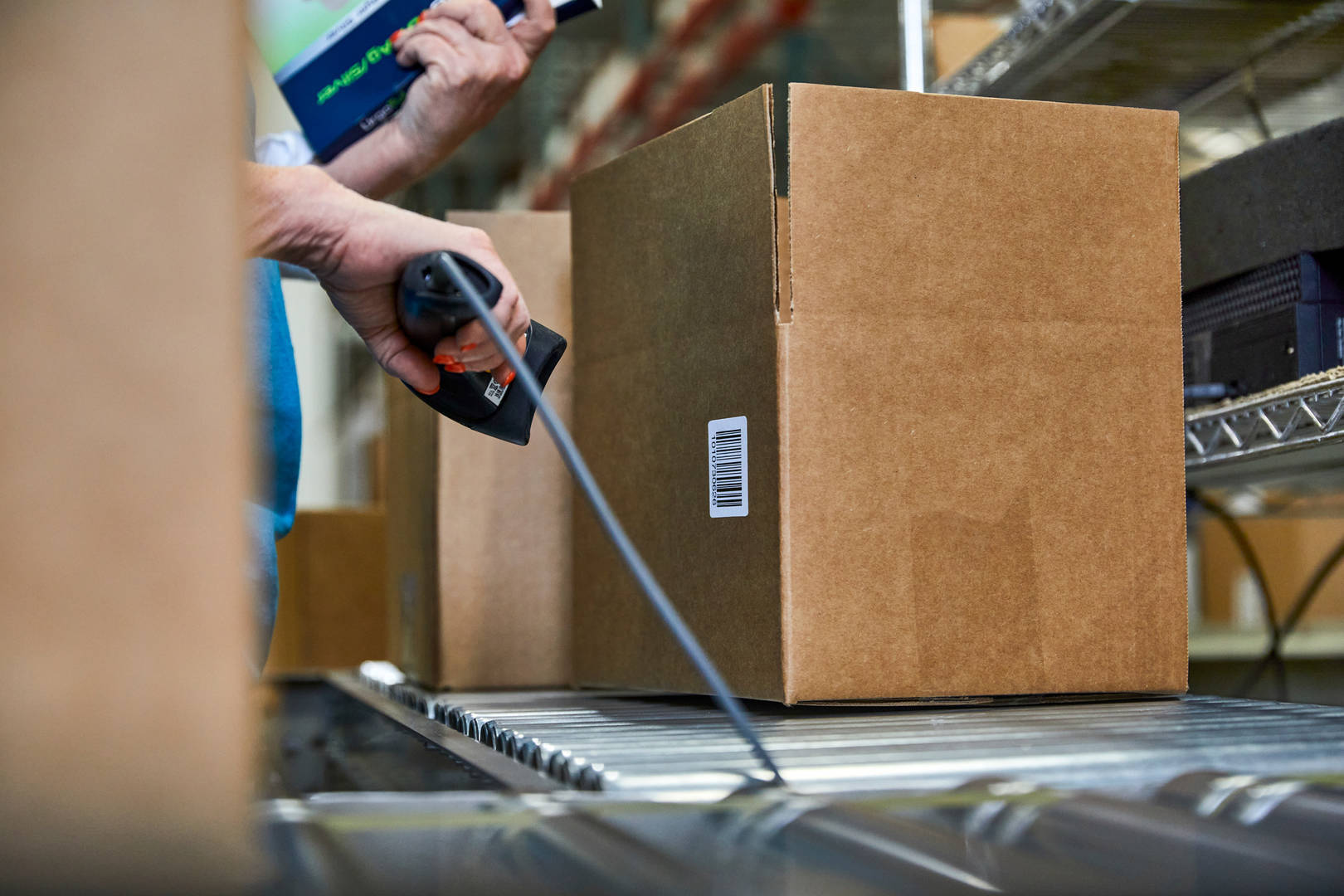Navigating new U.S. serialization requirements for pharmaceutical logistics success


Enacted in 2013, the Drug Quality and Security Act (DQSA) introduced serialization requirements for drug products to enable effective traceability, with ramifications for pharmaceutical companies’ logistics needs when operating in the U.S.
With the deadline for phase 2 on the rapidly-approaching horizon, fresh challenges emerge for every organization along the pharmaceutical and biotech supply chain — not just manufacturers, but third-party logistics (3PL) providers, wholesalers, and dispensers, too.
How can companies ensure that they have the right supply chain solution to meet future track and trace compliance needs? Access this insightful white paper now to better understand the ‘what’ and ‘why’ of these changes, and ultimately how to ensure total supply chain compliancy.
What can be gained from this white paper?
- An in-depth understanding of the provisions of the new FDA requirements and the reasons for the new legislation.
- Awareness of the benefits that can be gained from these new requirements not just for pharmaceutical companies’ brand reputation, but ultimately for patient safety.
- Knowledge of the steps as to how pharmaceutical companies can ensure they remain compliant with changing U.S. requirements.

Cencora.com is providing automated translations to assist in reading the website in languages other than English. For these translations, reasonable efforts have been made to provide an accurate translation, however, no automated translation is perfect nor is it intended to replace human translators. These translations are provided as a service to users of Cencora.com and are provided "as is." No warranty of any kind, either expressed or implied, is made as to the accuracy, reliability, or correctness of any of these translations made from English into any other language. Some content (such as images, videos, Flash, etc.) may not be accurately translated due to the limitations of the translation software.
Any discrepancies or differences created in translating this content from English into another language are not binding and have no legal effect for compliance, enforcement, or any other purpose. If any errors are identified, please contact us. If any questions arise related to the accuracy of the information contained in these translations, please refer to the English version of the page.



